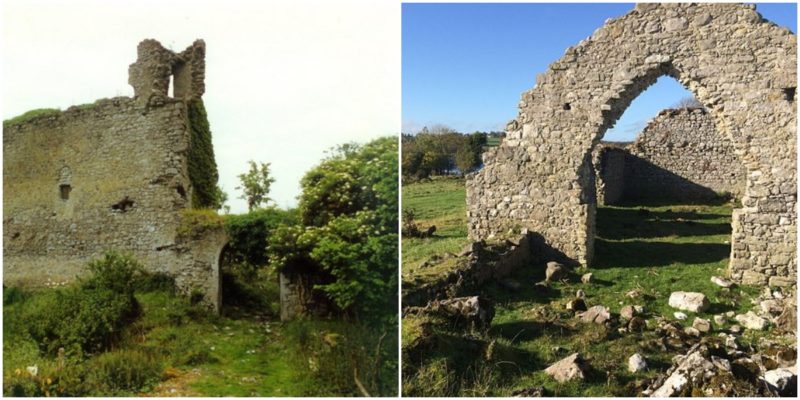Rindoon is an abandoned medieval town with great historical and cultural significance. It is located on St. John’s Point, a lonely peninsula on the western shore of Lough Ree, just a few miles away from the picturesque village of Lecarrow in County Roscommon, central Ireland.
The remains comprise an outstanding complex of buildings. It is, without doubt, one of the most significant medieval towns in Ireland, and it is not surprising that in its time it was referred to as the “Camelot of the Shannon.”
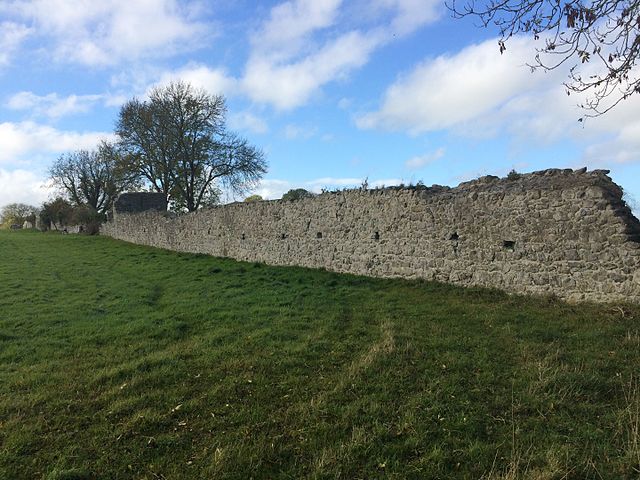
The Irish Walled Towns Network writes that “With its town wall, castle, medieval hospital, church, and mill, there is nothing that compares to it in either Ireland or the UK.”
Rindoon (Rinn Dúin in Irish) means “the fort on the promontory.” Its name hints at the existence of a community before the Norman occupation. Although limited, there is physical evidence to support this assumption. It is believed that the pre-Anglo-Norman fort was a promontory fort and that it existed south of the castle, where traces of an earlier bawn (defensive bank) and ditch can be found.
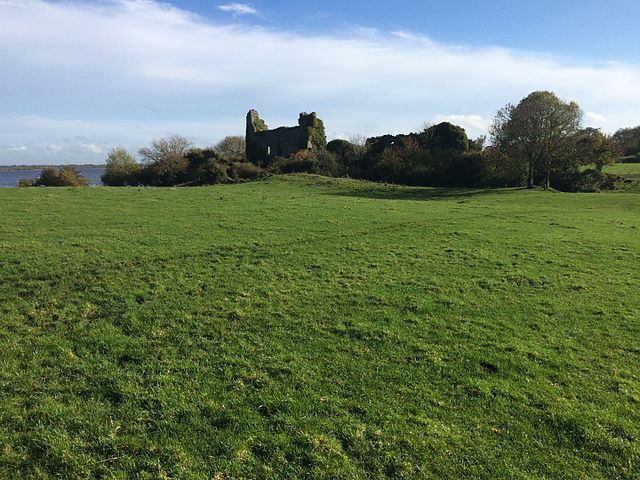
A cross-slab from the Early Medieval Period was discovered in the graveyard neighboring the hospital of the Fratres Cruciferi, and this artifact suggests there was possibly an older church or monastery on this site.
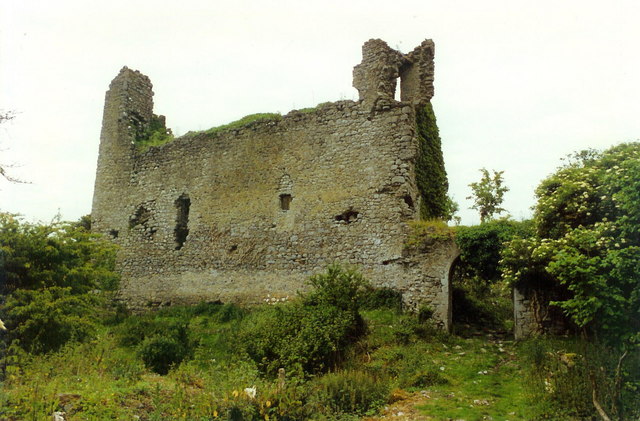
Clearer records of the history of the site begin in the first half of the 13th century when the area was occupied by the Anglo-Normans. On behalf of King Henry III of England, Geoffrey Marisco erected a castle in 1227.
The town was probably also established during this period because its bawn, ditch, and market cross are mentioned in records of an attack on the town in 1236 led by Phelim Ó Conchobhair. The bawn and ditch were later replaced by a town wall, parts of which stand to this day.
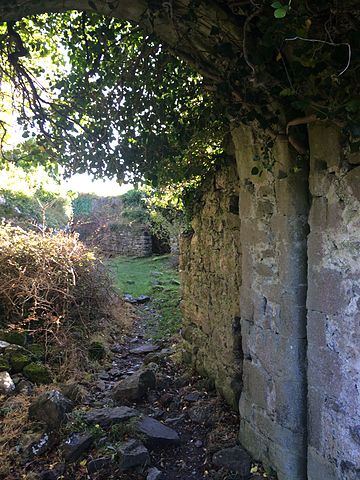
The location was seen as extremely strategic because the peninsula extends into the lake Lough Ree. The town of Rindoon was very significant in the Anglo-Norman conquest of Ireland. For a few decades, it also prospered as a trading post strategically positioned on the River Shannon.
Situated at the frontier of Norman-held territory, it served as a profitable trading center between Norman-controlled towns on the River Shannon and the Irish. Hides and dairy products were exported, and corn, cloth, and wine from as far as Bordeaux were brought in.
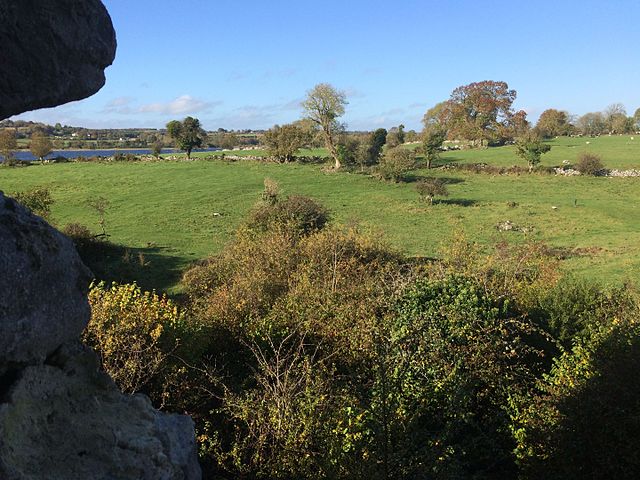
It is estimated that at its zenith, Rindoon was home to about 1,000 people – quite a considerable number considering that at the time the population of London was around 20,000. Unfortunately, the town’s success lasted only for just over a century. The Irish regained their strength, and defending the town became a difficult task.
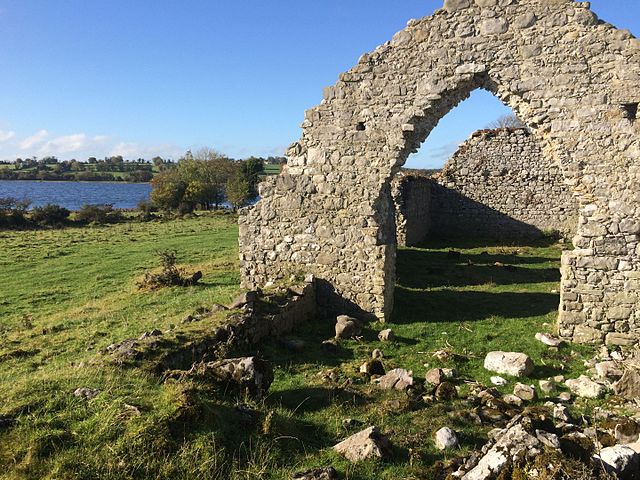
During the Gaelic resurgence of the late-13th and early-14th centuries, the town was attacked and looted several times. Very soon, it became completely abandoned.
It is last mentioned in written documents from 1342/1343 when it was described as being controlled by the Irish. In 1605/1606, the ruins and the surrounding property were granted to Edward Crofton.
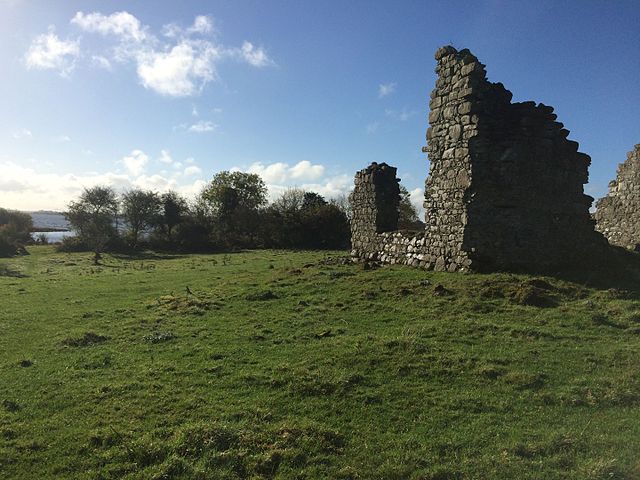
For 650 years, Rindoon was left forgotten and overgrown with lush vegetation. Moreover, large parts of it became a victim of the passage of the time.
Some of the ruined structures were restored and conserved by the St. John’s Parish Heritage Group. The group, which was established in 2002, organizes lectures, guided walks and heritage initiatives to raise funds for the maintenance of the site. Now, the remains of the town walls, medieval hospital, castle, windmill, and parish church can be seen and visited safely.
Additionally, a designated walking trail has opened up this tranquil farmland peninsula to the public. There is no visitor center, but with a bit of imagination, anyone could easily imagine the long-lost life of the town of Rindoon. Some of the structures are still overgrown, but this only adds to the atmosphere.
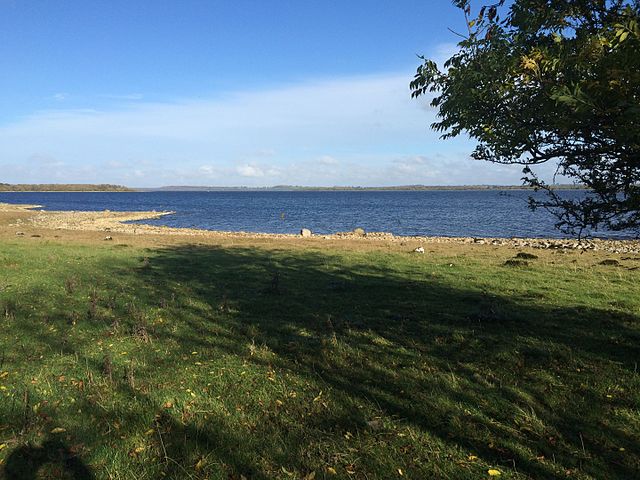
The site has remained largely untouched since the 14th century – except for a few years during the Elizabethan period when the castle was garrisoned. It looks as though it has been frozen in time, and it is this that makes Rindoon so amazing.
The site is not only accessible through the beautiful looped walk from Lecarrow; there is also a pontoon opposite the castle that allows people boating on the River Shannon to arrive in the same harbor as medieval merchants once did.
